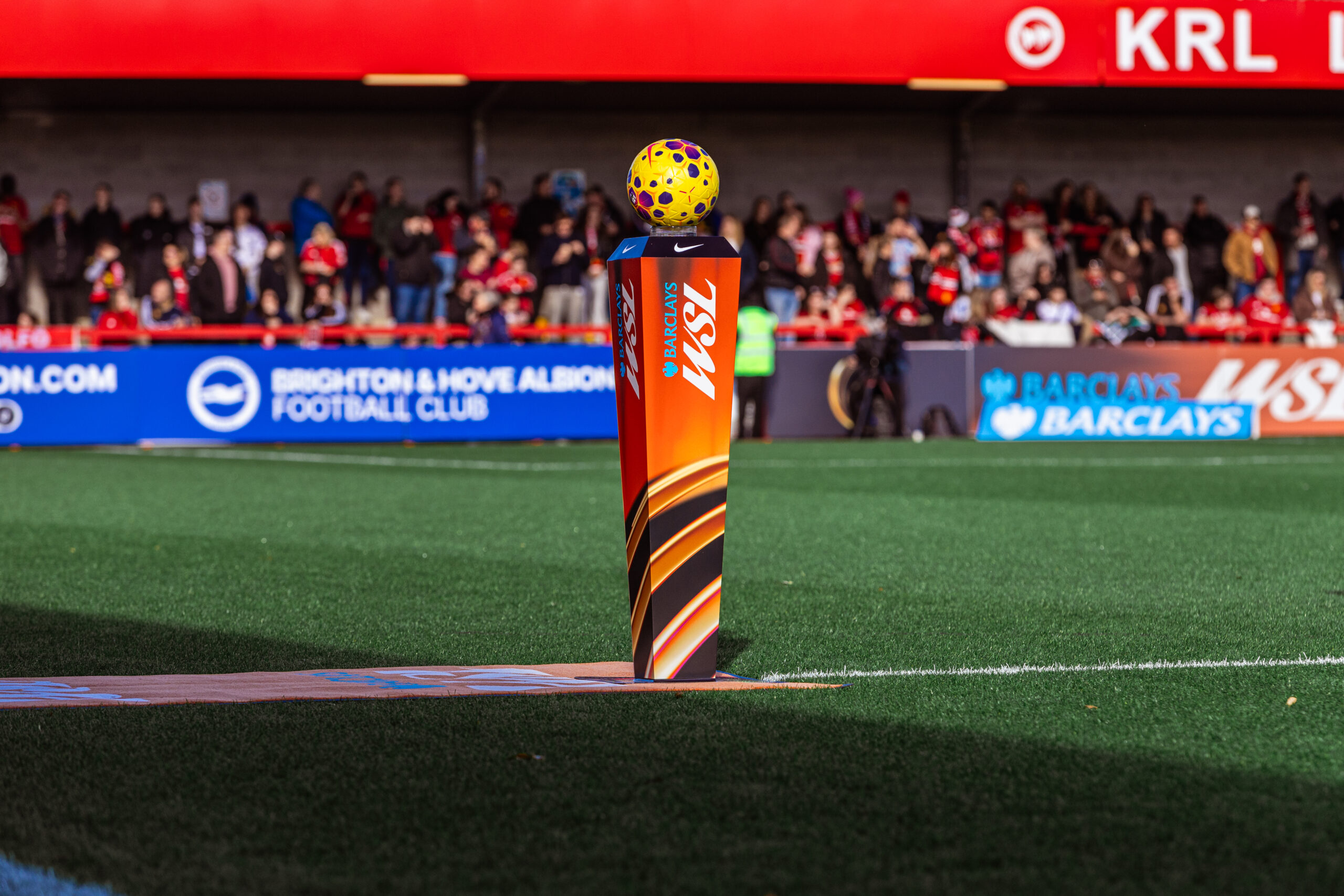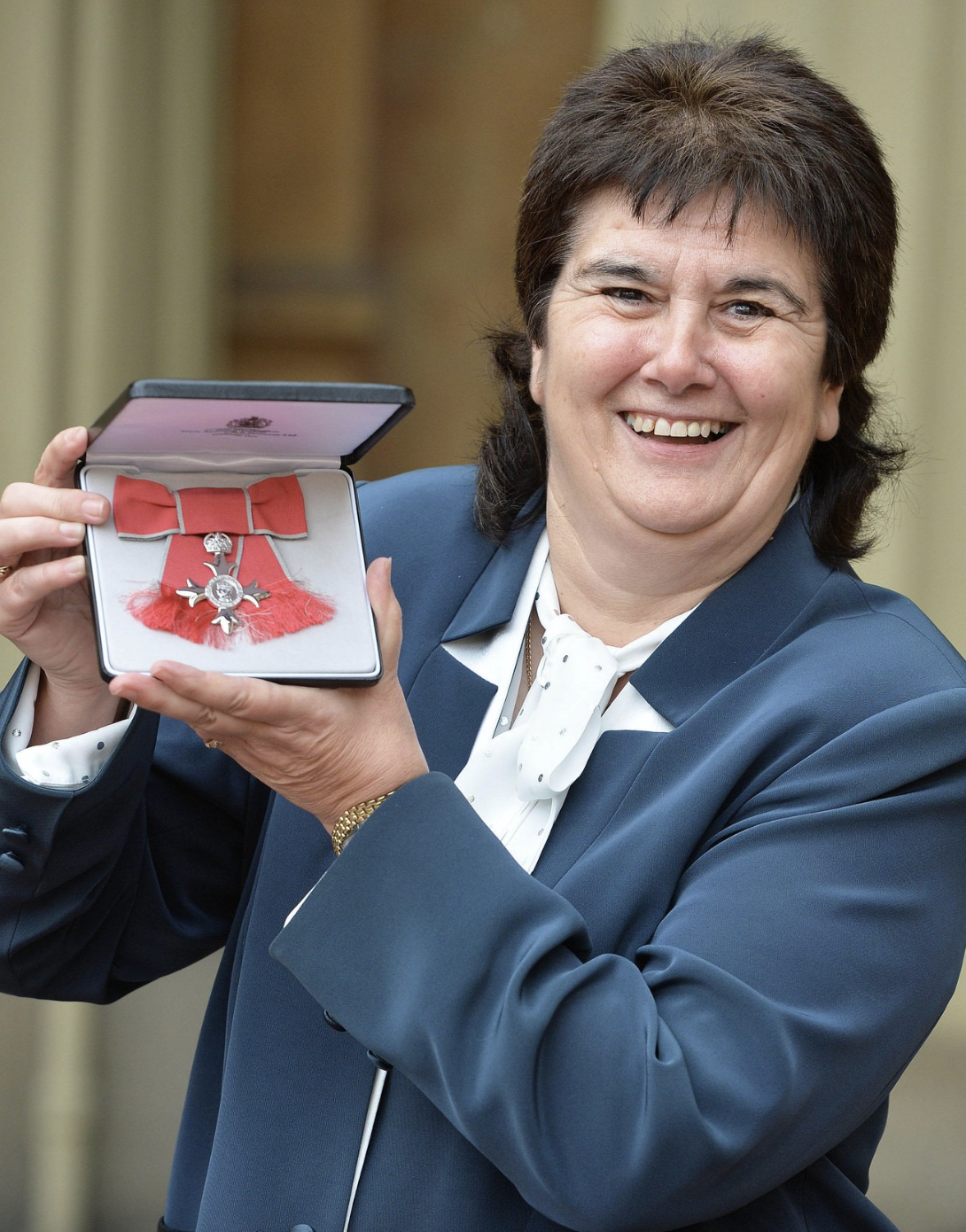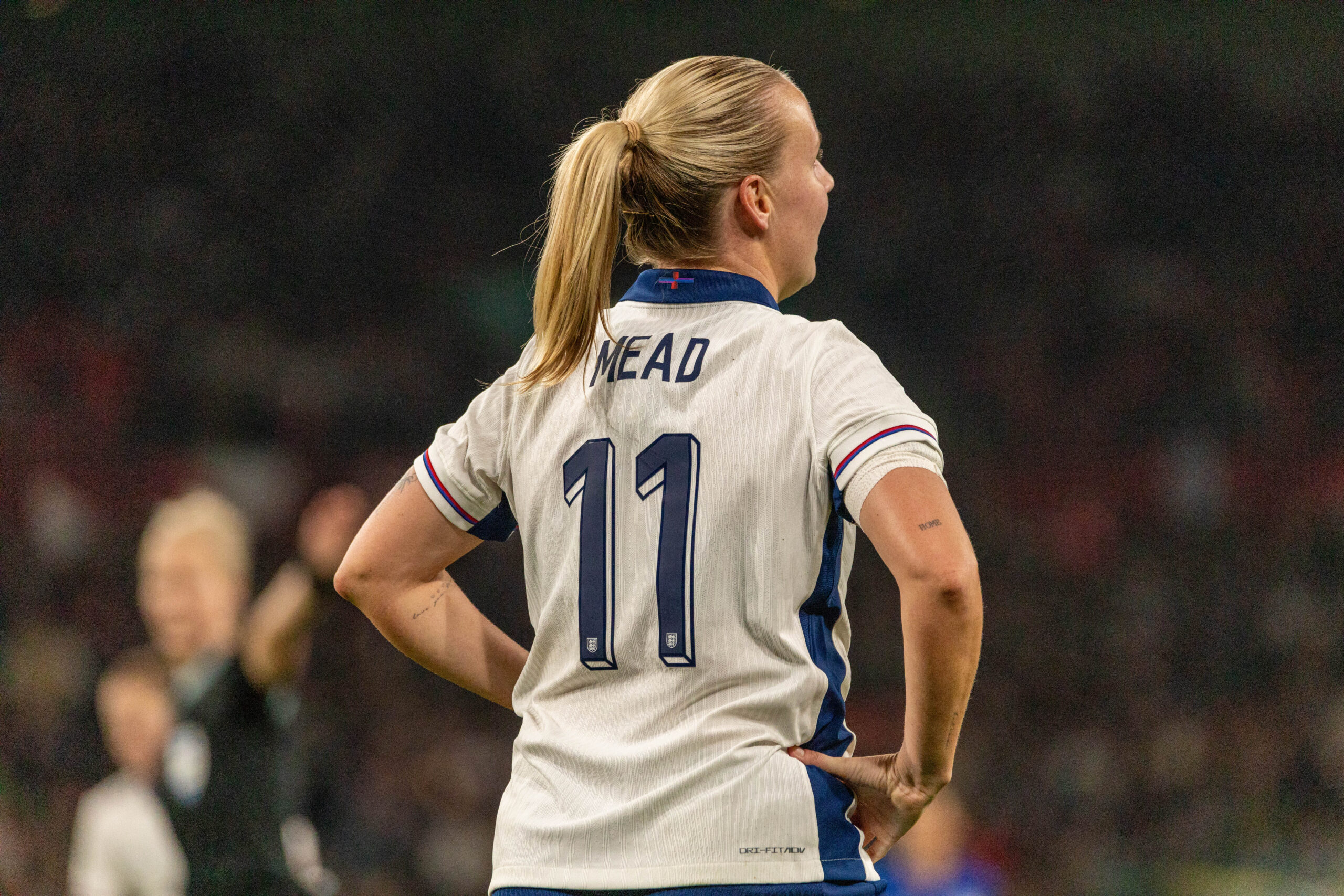Blind football remains one of the most underrepresented sports in Australia, but for Charlotte, it has become a game-changer. From discovering the sport on social media to representing her country in Japan, her journey is one of resilience, passion, and community.
Charlotte first learned about blind football through a TikTok video featuring England Women’s Blind National Team player Samantha Gough. Until then, she hadn’t realised the sport was an option for her.
“Seeing someone like me playing at a high level inspired me to explore opportunities in Australia,” she says. “It made me realise that blind football wasn’t just possible, but something I could actually do if I put my mind to it.”
Despite its growth, blind football remains relatively unknown. Charlotte believes that greater visibility in the media and Paralympic sports coverage is crucial.
“Many people either don’t know the sport exists or have misconceptions about how it’s played,” she explains. “We need to show people that it’s competitive, exciting, and just as deserving of support as 11-a-side football.”
While similar to traditional football, blind football has key differences. It is played on a smaller pitch, lined with boards, and features five-a-side teams.
“Outfield players wear eyeshades to ensure fairness, while the goalkeeper is fully sighted and helps guide players,” Charlotte says. “We also have a goal guide who assists us in locating the target, and players must call out ‘voy’ to signal their movements. The audience has to remain silent so we can hear the ball, which contains bearings to make it audible.”
One of the biggest challenges for Charlotte and her teammates has been communication. Since none of the outfield players can see, clear verbal coordination is essential.
“It’s all about working together,” she says. “We’ve developed a system that allows us to maintain formation, attack, and defend effectively. Personally, tracking the ball was difficult at first because I was used to relying on partial vision. Adjusting to playing with eyeshades required practice and confidence, but I’ve made significant progress.”
Sound plays a crucial role in the game.
“The ball’s bearings allow us to track its movement,” Charlotte explains. “Some players even use echolocation to understand positioning. That’s not something I can do, but I rely a lot on my teammates’ voices, quick verbal commands, and my goalkeeper’s instructions.”
Her first experience representing Australia came on a trip to Japan, an unforgettable milestone.
“It was an ‘I made it’ moment,” Charlotte recalls. “Competing against Japan’s women’s blind football teams showed me how developed their program is. Unlike Australia, where blind football opportunities are limited, Japan has permanent pitches and better resources. That experience really highlighted how much potential the sport has to grow in Australia.”
Preparation for matches is both mental and physical. Charlotte prefers to debrief before a game to understand tactics and expectations.
“I like to take time to center myself,” she says. “Before heading to the pitch, I listen to music, and once we arrive, we lift the energy with music and conversation to avoid overthinking.”
Physically, proper rest, nutrition, and warm-ups are essential.
“Our coaches and physios make sure we’re in top condition before we play.”
Charlotte hopes blind football will continue to expand, especially with women’s blind football potentially becoming a Paralympic sport.
“If that happens, it could generate more interest and help grow participation.”, she says.
However, accessibility remains a major hurdle.
“Many blind sports programs are poorly advertised, expensive, or only available in certain areas. More funding and better training for officials would make a huge difference in bridging those gaps. The officials behind Australian Blind Football are working incredibly hard with the resources they have to get the ball rolling and create opportunities for us. Their dedication is making a real impact, and with more support, they could achieve even more.”
Beyond the game itself, blind football has provided Charlotte with a sense of belonging.
“This community has been so supportive,” she says. “It’s helped me embrace my vision impairment rather than hide it. Being around like-minded people who understand my experiences has made me feel less alone.“
Looking to the future, Charlotte is determined to keep improving as a player and making an impact.
“Growing up, I didn’t see many blind footballers in the media,” she says. “I want to be a role model for younger players.”
For the team, their ultimate goal is for Australia to qualify for the Paralympics.
“That would be an incredible achievement, and I hope to be a part of it when the time comes.”
Her advice to young people interested in blind football is simple:
“You’ve just got to get started. It feels scary at first, but it’s so worth it, and there are so many people ready to support you. Society often frames vision impairment as a weakness, but it can be your greatest strength. You just have to believe in yourself and give it a go.”
Charlotte’s story is a testament to perseverance, community, and the power of sport.
“Blind football has changed my life,” she says. “As it continues to grow, I hope more people get to experience the same joy and opportunities that I have.”
Players like her are paving the way for a more inclusive future in the game.



